On the banks of Bhagirathi, a royal cuisine with myriad influences has stood the test of time. Sunday mid-day explores Murshidabadi cuisine, one dish and story at a time
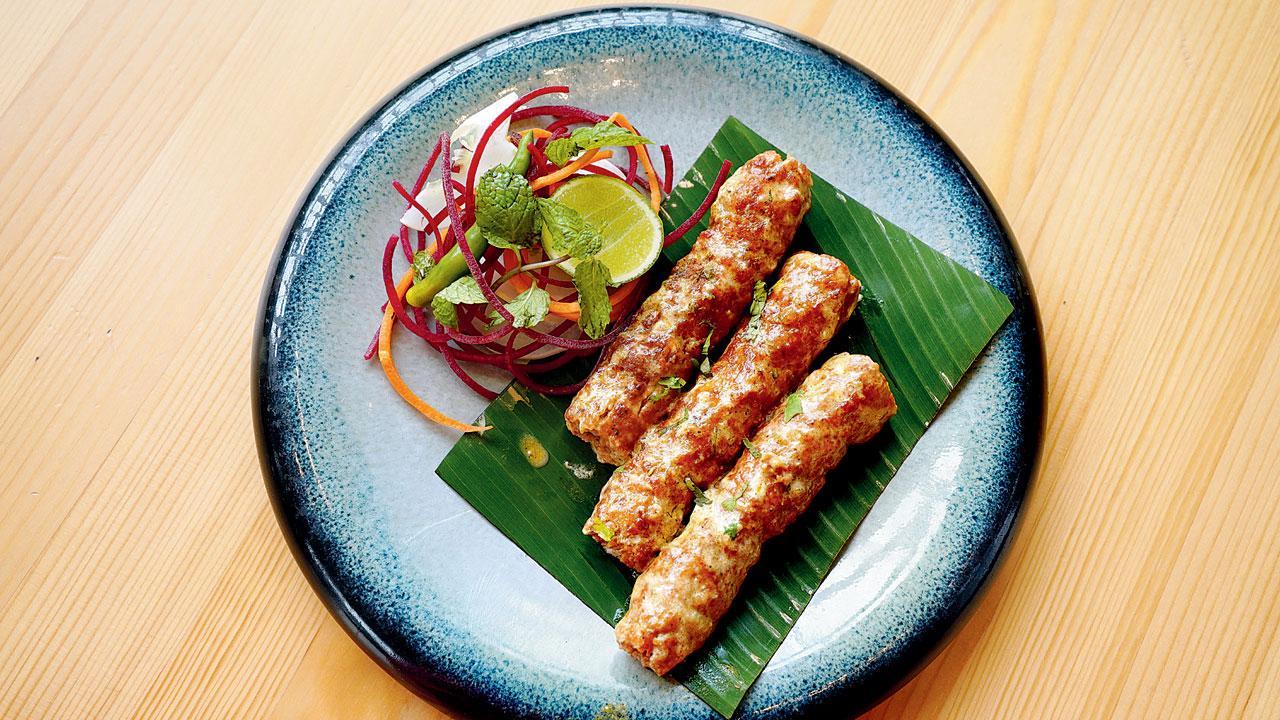
Saloni murgh kabab. Pics/Aishwarya Deodhar
Food history can be quite fascinating—tales of how ingredients and dishes travel and imbibe local flavours to don a completely new identity makes us curious of the stories behind these migrations. Take Calcutta biryani for instance; it travelled from a city located four hours away where it was originally developed over 300 years ago to become an indispensable part of the culinary scene.
ADVERTISEMENT
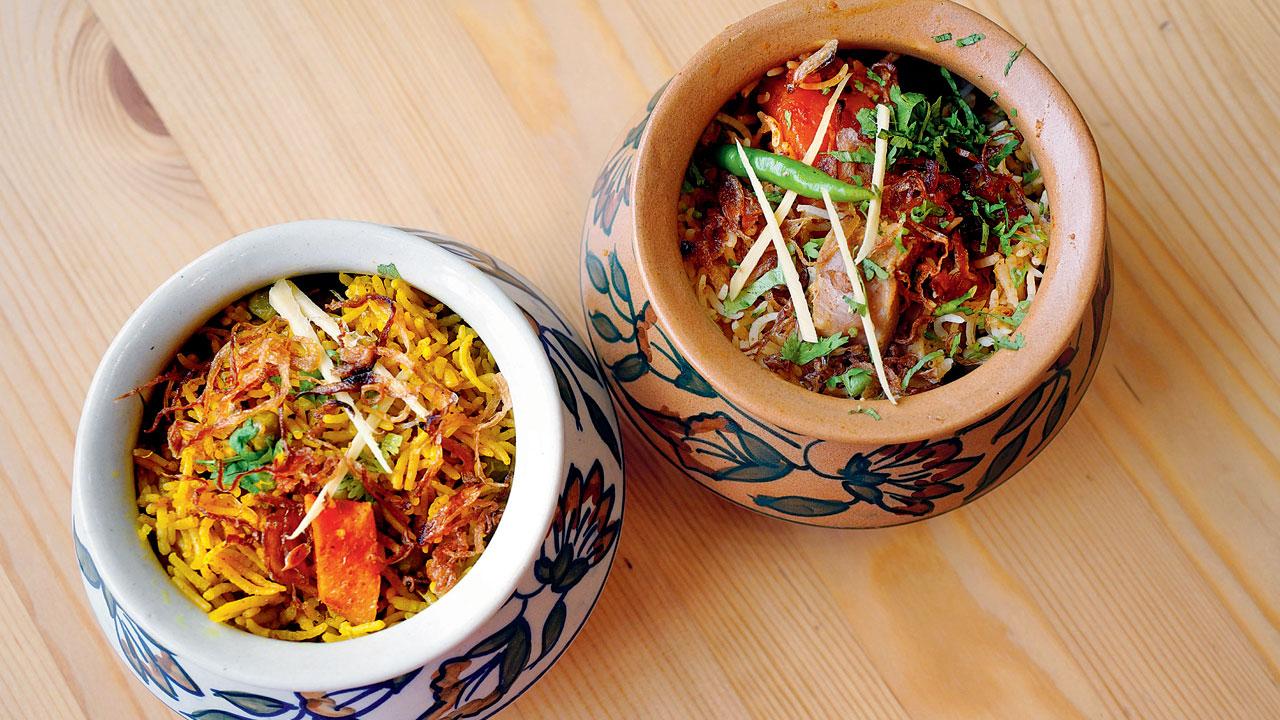
Melao Tehar and Kolkata Biryani
Regaling us with food stories of yore is chef Mujeebur Rehman whose grandfather worked in the kitchens of Awadh royalty during British rule. Rehman has been the custodian of royal cuisines, driving its research, development, and promotion. We caught up with him at The Royal Kitchen Of Murshidabad—An Unexposed Cuisine festival at the JW Marriott Sahar that concludes today. The idea behind the pop-up, Chef Dane Fernandes tells us, “is to highlight hyperlocal cuisines of India—this time, we go on a culinary journey to the historic town of Murshidabad and discover the hidden gems of cuisine from this region.”
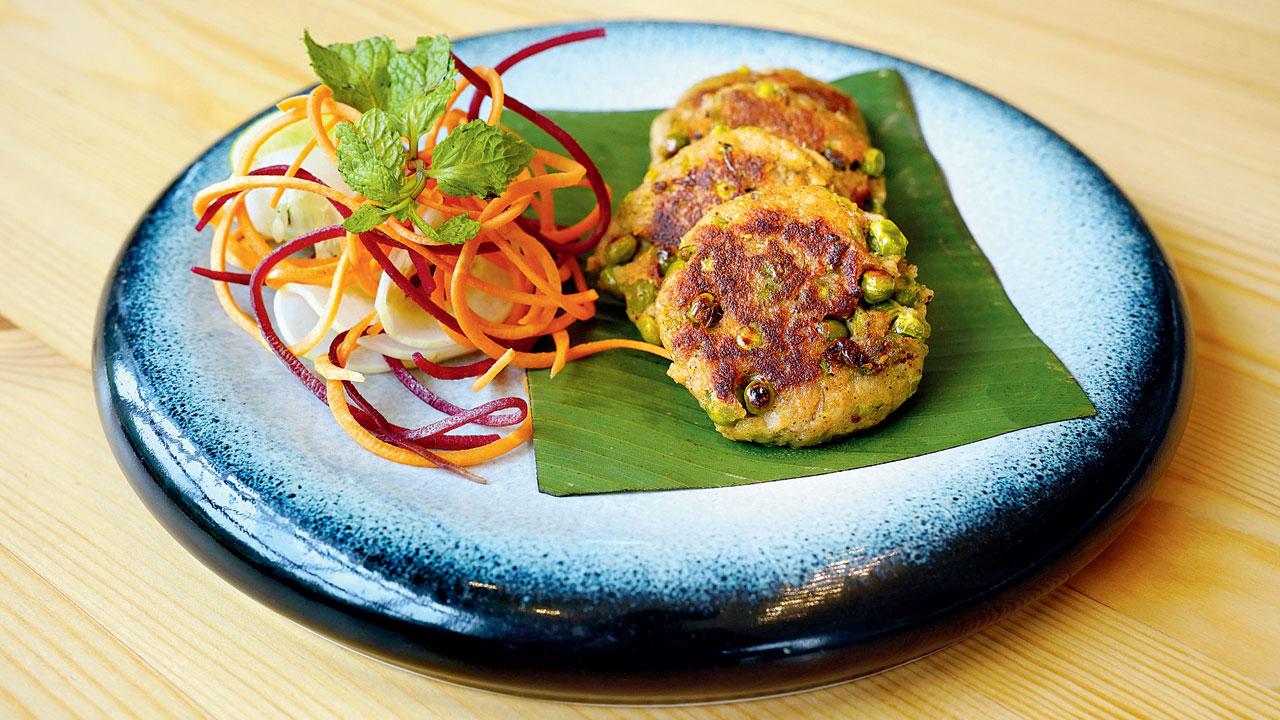
Aloo pani phal ki tikki
Rehman continues to tell us how nawab Murshid Quli Khan renamed Muradabad—founded by emperor Akbar—to Murshidabad (after himself, of course), and how it flourished as a prosperous, cosmopolitan city. It was the last capital city of erstwhile independent Bengal, with jurisdiction covering modern-day Bangladesh and the Indian states of West Bengal, Bihar and Orissa. “It was an important trading hub,” he says, adding, “The Sheherwali community, which is active even today and conducts the legendary Murshidabad Heritage Festival, was so wealthy that they financed trading companies of Europe. The city saw trade with British, French, Dutch and Danish East India companies who conducted business and operated factories around the city. Silk and muslin were major products, and the city was a centre of art and culture. It’s ivory sculptors were celebrated and the Murshidabad style of Mughal painting was renowned. All that glory was lost when the capital shifted to Kolkata. What remains today is a town stripped of its riches and a few descendants of the nawabs.”
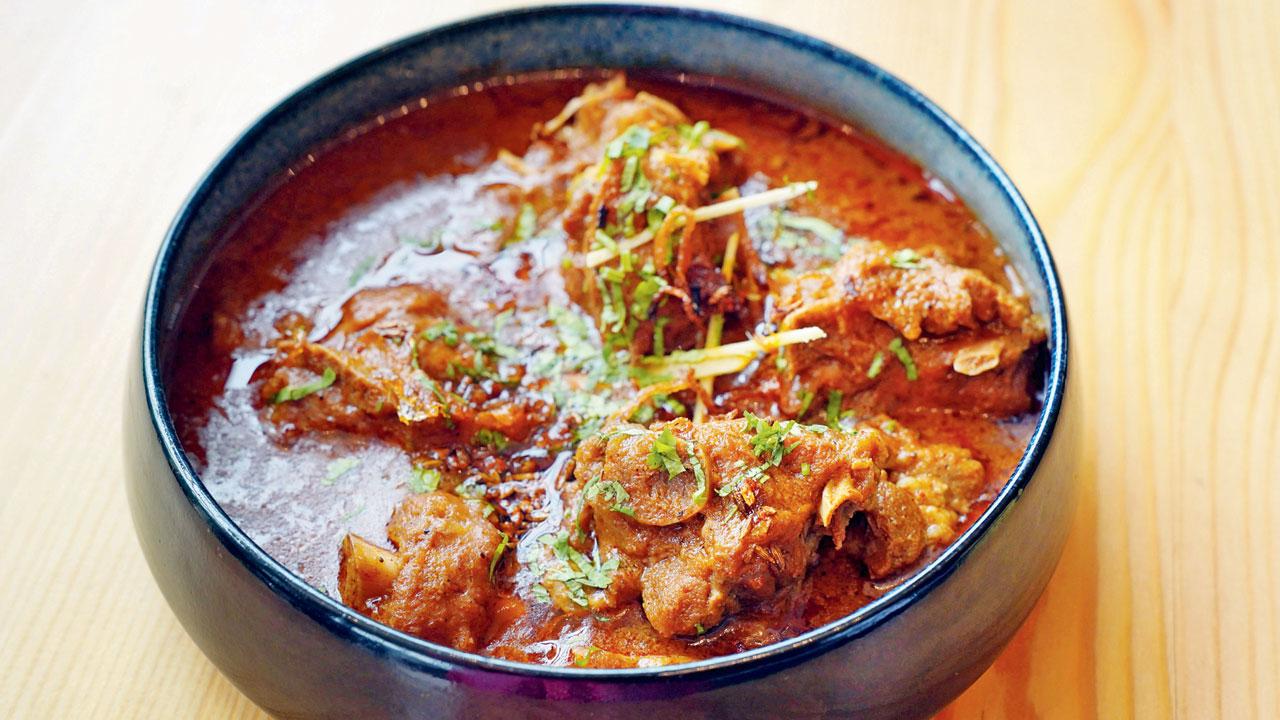
Desi ghee ki nihari
Chef Rehman points out that most non-vegetarian cooking found in northern India is rooted in the Mughal dynasty. “The influence is evident,” he says, “even though, over time, most dishes were altered according to the availability of ingredients and season. The nawabs of Awadh were passionate about food and so the cuisine of the time underwent major refinement. [However] many stories are fabricated—a toothless nawab has got nothing to do with the finesse of galouti or kakori kebab. For instance, the Murshidabadi or Calcutta biryani has potatoes because the Portuguese had just introduced them to India at the time. They were a novelty and using them in biryani elevated the dish. This versus what we hear of the frugal life of a destitute nawab who was rationed out meat. The vegetable’s ability to absorb aromatic spices and meat juices, infusing them with a burst of flavour is what confirmed its place in the dish.”

Dal achari
Murshidabadi cuisine has a long lineage in India. It is a great example of how Persian and Awadhi cuisine married flavours of Bengal, and blended with the taste of Sheherwali to give rise to something scrumptious. The Mughals were fond of rich gravies that included cashew nuts, poppy seeds, and other dry fruits. They also used saffron, kewra water, rose water, and mastered the art of slow cooking. Even today, the ittarwala at Nashipur sells rose water as the family has done for two centuries. For decades, the biryani karigars of Murshidabad have travelled to bigger cities to undertake bulk orders for special occasions. Seasonally, you’ll find aam, anaras, and mahi pulao (steamed fish pulao). Winters bring shabdeg—meat cooked overnight with turnips—with rogni roti (crispy semolina paratha) or roomali roti. Rehman tells us that the delicate rezzala, a meat and milk curry, came from Dhaka and because it uses milk and fresh cream, it has a limited shelf-life and didn’t travel much. “Some inventions like dal dastaan (pulses with olives) didn’t stand the test of time due to non-availability of olives in the later era,” Chef Rehman says.
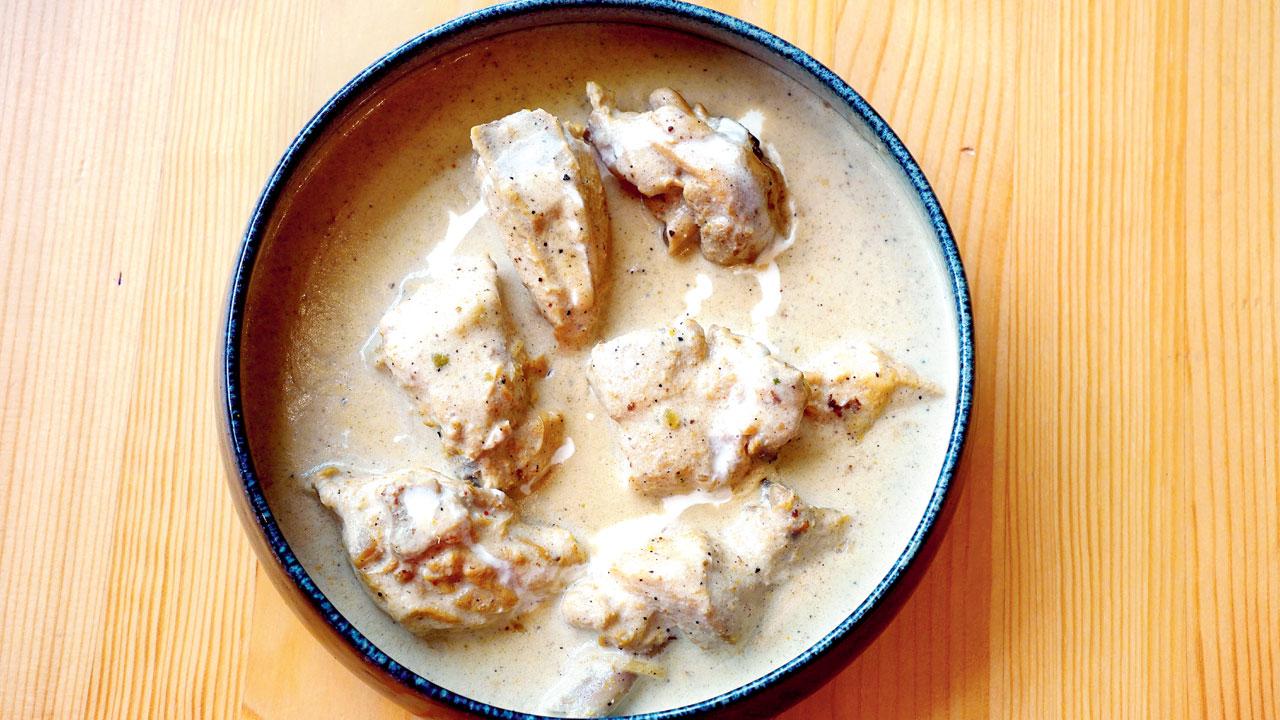
Murgir Rezalla
On our table, even the basic dal achaari was full of flavours, topped with a distinct tadka of pickled chilli. The aloo and pani phal ki tikki (potato and water chestnut) had a firm bite. The aloo katli as well as the tahiri had slightly more spice than the Lucknowi versions of these dishes cooked frequently at home. In appearance, the Murshidabad versions of non-vegetarian dishes look similar to their Awadhi cousins, but differ in subtle nuances such as the presence of certain spices. The nihari was cooked in desi ghee and the saloni murg kabab melted in the mouth.
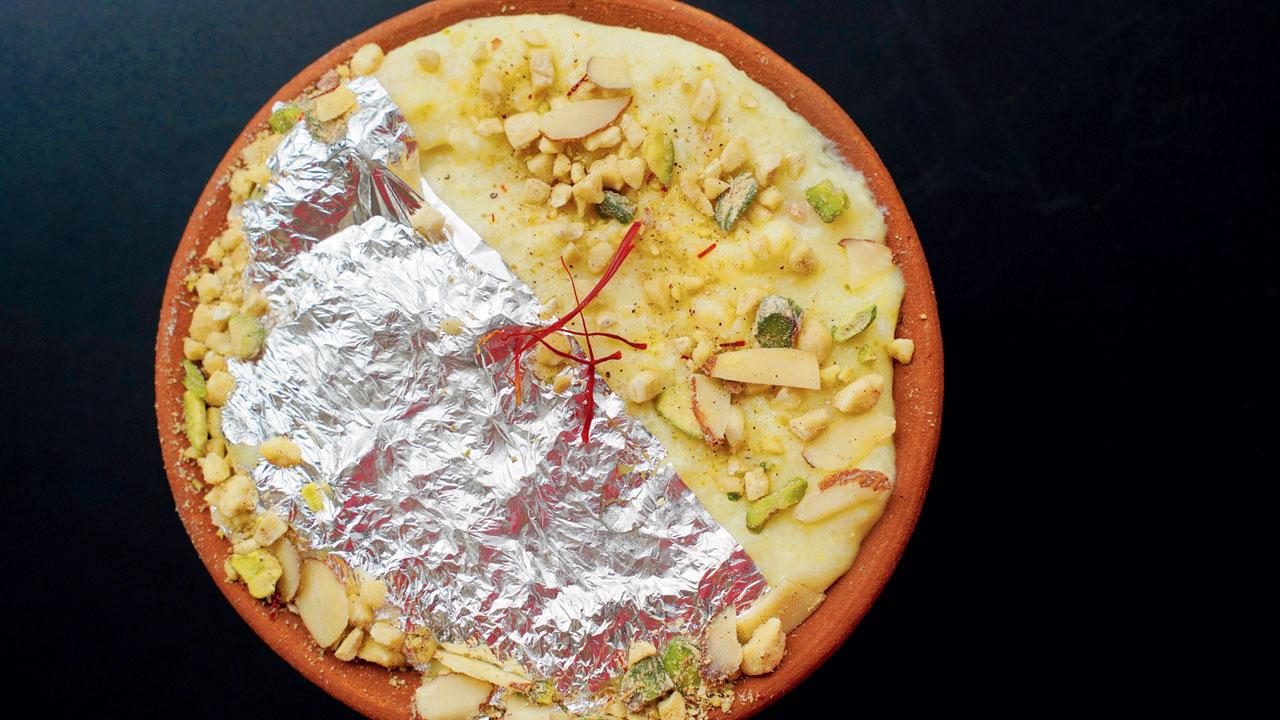
Zafraani Kheer
Interestingly, Chef Rehman serves chutneys only when you ask for them. “These dishes are so flavourful that you don’t need an accompaniment,” replies Fernandes when we enquire. We ended the meal with a hearty zafraani kheer, where strands of saffron and chopped nuts could be savoured in every morsel. With that, we promised ourselves to look back at more chapters of history and the lost recipes of our country.
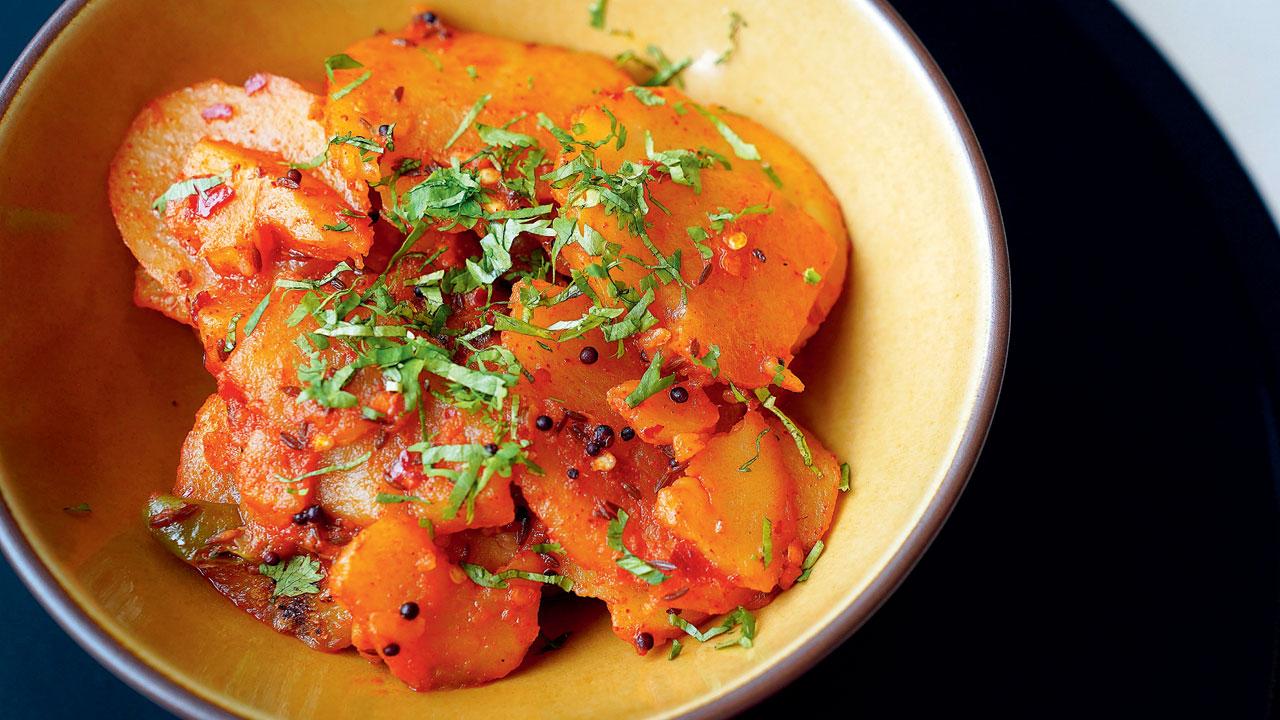
Aloo Katli
A vegetarian jugalbandi
Murshidabadi cuisine cannot be discussed without mentioning the food of Sheherwalis, the opulent Jain families who migrated from dry and arid Rajasthan to the fertile lands of Bengal almost 300 years ago. Manik Chand, a Jain merchant conferred the title of Jagat Seth, was the first diwan (banker) of Nawab Murshid Quli Khan. He invited more Jain merchant families to settle down in the towns of Azimganj, Jiaganj, Lalbagh, Nashipur, and Cossimbazar. These families adopted the food, attire and language of Bengal while retaining their own customs and culture to form a distinct community called the Sheherwalis—those who moved from town to town for trade.
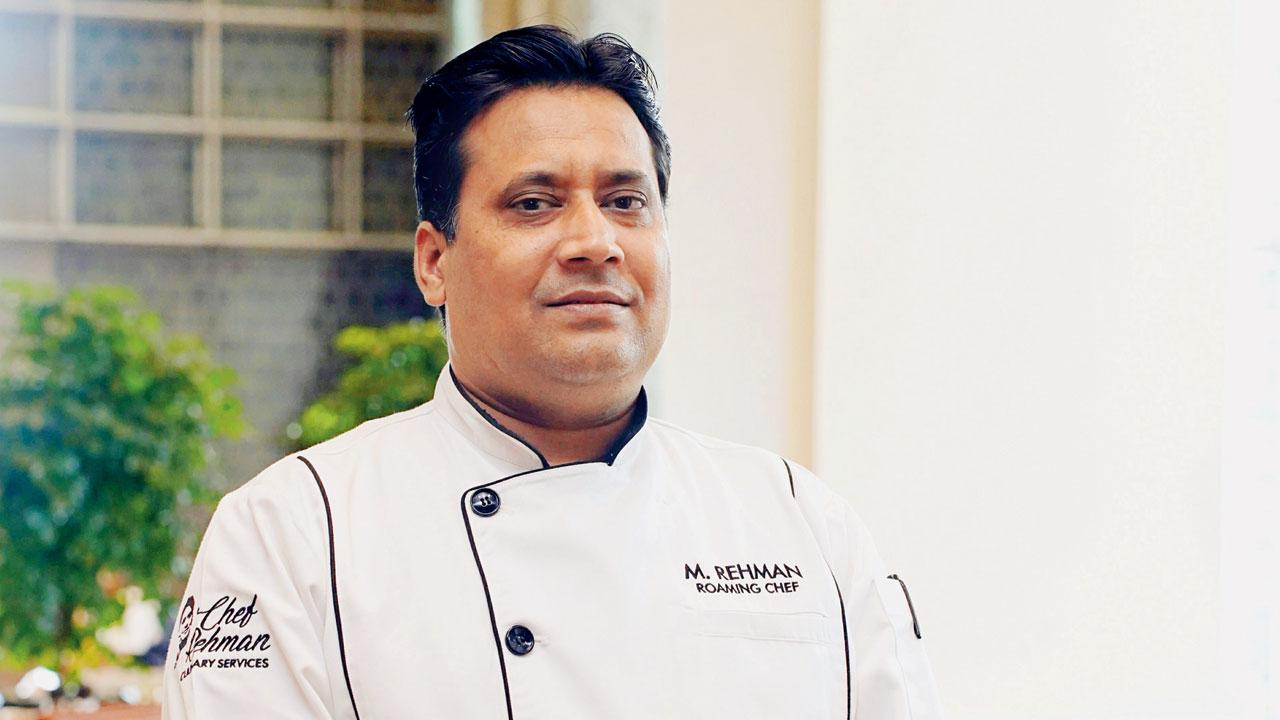
Chef Mujeebur Rehman
They emerged as the wealthiest communities of Bengal, and Sheherwali cuisine is the finest example of the confluence of Rajasthan and Bengal, with a dash of Persia and a sprinkling of the influence of European traders. While it embraced varying ingredients—both local and foreign—it strictly retained the essence of Jain cuisine, refraining from using onions, garlic and root vegetables.
Imagine a stunning pairing of Rajasthani rotis, milk-based curries, lentils, bajra, corn, beans, and pickles with Bengal’s fresh vegetables such as potol (pointed gourd), jackfruit, kanch kola (plantain), bottle gourd, ridge gourd, and fruits, tempered with liberal use of paanch phoron (five spice mix of nigella seeds, cumin, mustard, fennel and fenugreek) with mustard oil and seeds. Now add to that nawabi touch of rose and kewra water, dry fruits, and saffron—that’s Sheherwali cuisine for you. It’s what one can call the OG Jain food-goes-gourmet cuisine.
Did you know?
The Battle of Plassey (or Palashi) of 1757 was fought near Murshidabad. The city’s decline began with the defeat of the last independent Nawab of Bengal, Siraj-ud-Daulah by the British East India Company. The Oswal Jains grew more than 50 species of mangoes, many of which were shipped to Buckingham Palace for Queen Victoria. The region is still known for its mango orchards.
 Subscribe today by clicking the link and stay updated with the latest news!" Click here!
Subscribe today by clicking the link and stay updated with the latest news!" Click here!







